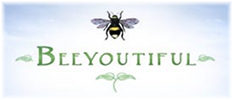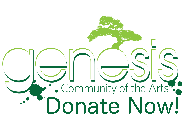We meet Charlemagne in Aachen
June 22, 2008 in Europe, Germany, Travelogue
< ![CDATA[ It seems funny to take a train from Belgium to Germany only to camp in the Netherlands and then cycle back into Germany in the morning to tour, but that’s just what we did. Aachen is one of the cities I’ve long wanted to visit. It was made famous by the Emperor Charlemagne who built a huge palace here and spent much of his time in the area. His father, Pepin the Short, enjoyed the sulfurous springs for their health benefits as he aged. It was here that Charlemagne built the Dom, the cathedral at the center of town, which still stands today. Aachen is the first town that has really felt like Medieval Europe to us. Even more so than Bruges or the tiny burgs we cycled through in the UK. I can’t put my finger on what is different, but something is. It took us a while to find the Dom, the street signs are a bit sketchy, but there was no doubt about what it was when we saw it. We paid our 2 euro to take pictures and slipped into the cool dark. It took a minute for our eyes to adjust and then the ceilings took our breath away. The mosaic work is incredible. Tiny, tiny tiles placed by men laying on their backs on scaffolds without the aid of electric lights, in fabulous floral and leaf patterns, in depictions of scenes from the Bible and Latin phrases. The enormous gold chandelier was donated by Barbarosa. The gold coffins, one of which houses the remains of Charlemagne, were donated by Charles IV. To stand in the semi-darkness in the presence of the remains of the man responsible for standardizing Christianity as a mainline religion was awe inspiring. I think even the boys got the sense of it as I found Gabe humming church songs, leaning against an ancient pillar. We spent the big 8 euro to tour the cathedral treasure house, it was worth it! The centerpiece of the collection is the golden bust of Charlemagne, donated by Charles IV as one of the relics of the cult of Charlemagne. It has within the head, in the anatomically correct position, a piece of his skull. When a new king was crowned in Aachen it was carried on long poles to the gates of the city. In this way, Charlemagne welcomed each of his successors. The children were perplexed by the other relics we saw: hair from John the Baptist, ribs from St. Stephen, the belts of Mary and Jesus, a piece of the sponge dipped in wine for Christ on the cross, and various bits of Charlemagne encased in gold and glass for the faithful to worship. “But Dad, how do they KNOW that sponge is the ACTUAL sponge?” Exactly. It prompted some good discussion about the origins of the Protestant reformation and the differences between Catholic and Protestant practice. We’ve enjoyed Aachen. We’re moving on toward Koblenz and the Rhine river next... the boys are excited to see the castles!]]>
 RSS - Posts
RSS - Posts

























